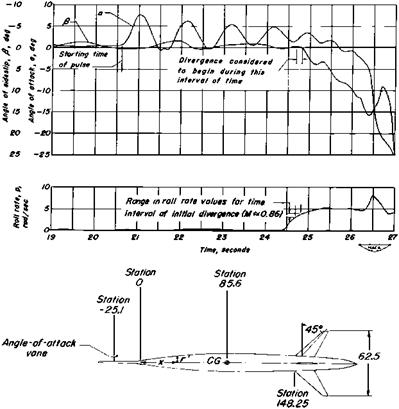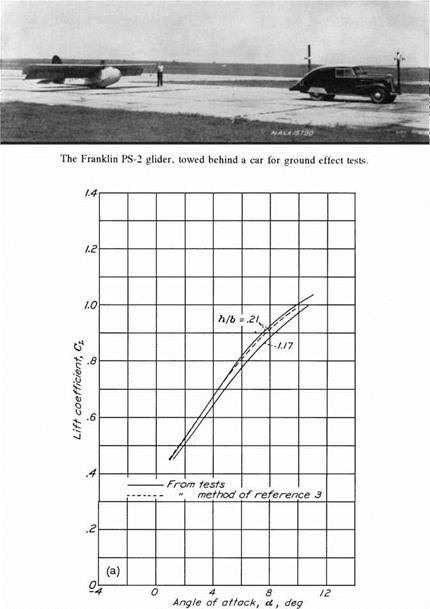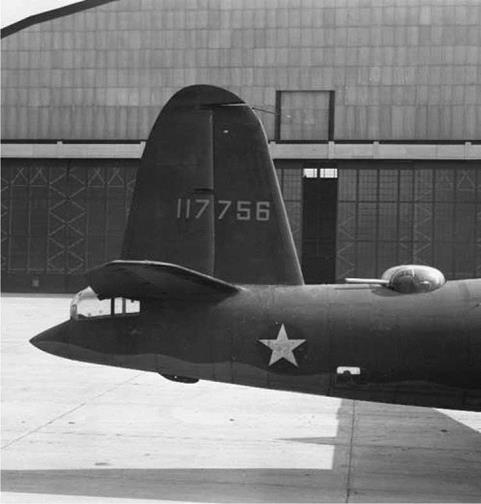Variable-Stability Airplanes Play a Part
A variable-stability airplane is a research airplane that can be made to have artificially the stability and control characteristics of another airplane. Waldemar O. Breuhaus credits this invention to William M. Kauffman, at the NASA Ames Research Center, about the year 1946 (Breuhaus, 1990). The colorful story that Breuhaus tells is of Kauffman looking out of the window at the Ames flight ramp and seeing three Ryan FR-1 Fireball fighters sitting side by side. Each FR-1 had a different wing dihedral angle. The airplanes had been so modified to try to find in flight testing the minimum amount of effective dihedral angle that pilots would accept. Kauffman said, according to Steve Belsley and some others, “There has to be a better way.”
Ames modified a Grumman F6F-3 Hellcat into the first variable-stability airplane by a mechanism that moved the ailerons in response to measured sideslip angles. An electric servo motor, adapted from a B-29 gun turret drive, moved the F6F’s aileron push-pull rods in parallel to the pilot’s stick input. With this parallel arrangement, the pilot’s stick is carried along when the servo works in response to measured sideslip. This is suitable for automatic pilots, where it isoften acceptable and even desired for the pilot’scontrolsto reflect automatic pilot inputs. However, it does not serve the function of a variable-stability airplane, where the action of the variable-stability mechanism is supposed to be unnoticeable to the pilot.
In the case of the pioneering F6F-3 variable-stability airplane, pilot stick motions were suppressed approximately by an ingenious scheme that canceled the aerodynamic hinge moment corresponding to the commanded aileron deflection. This was done by driving the aileron tab through its own servo motor with a portion of the same signal that was used to drive the aileron push-pull rod.
The F6F-3 variable-stability airplane was followed in the next 30 years by at least 20 other airplanes of the same type. The majority were built by NACA/NASA; the Cornell Aeronautical Laboratories, later Calspan; the German Aerospace Center, or DLR; and the Royal Aircraft Establishment, later DERA. Princeton University, the Canadian National Research Council, Boeing, and research agencies in France and Japan also built them.
The crude compromises of the early machines have given way to ever more sophisticated ways of varying airplane stability and control as seen by the test pilot. Later models, such as the Calspan Total In-Flight Simulator, or TIFS, and the Princeton University Variable – Response Research Aircraft, or VRA, have special side-force generating surfaces.
















